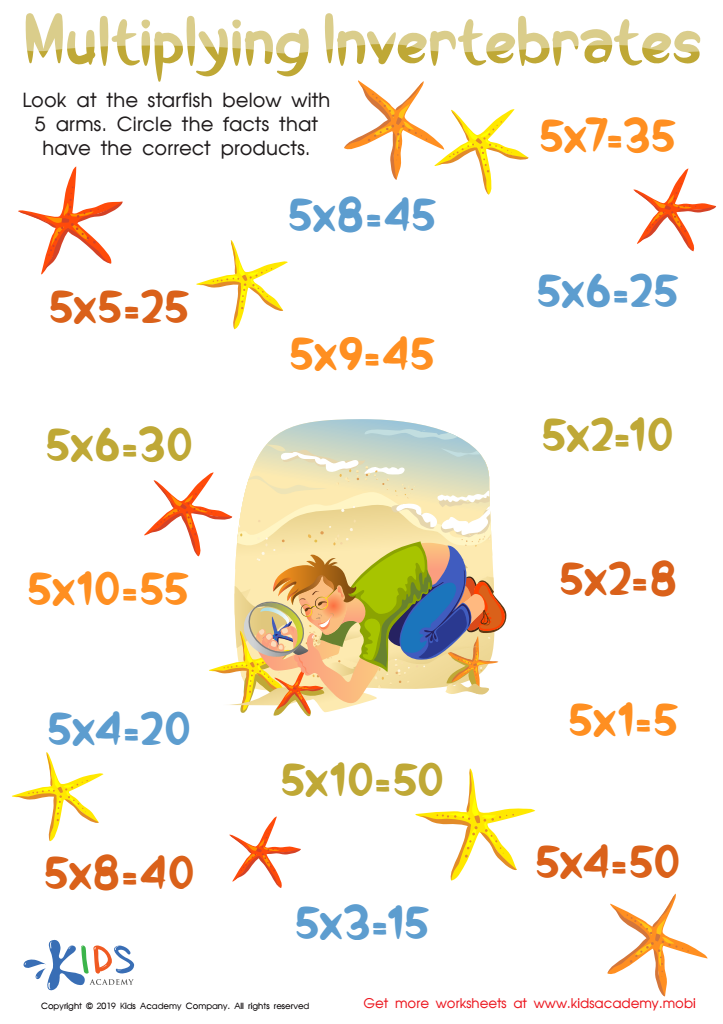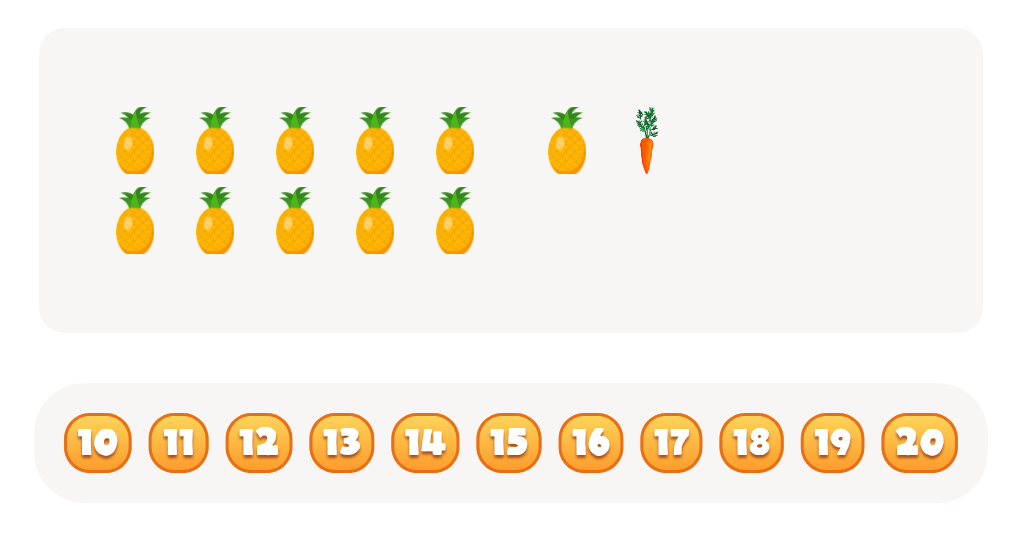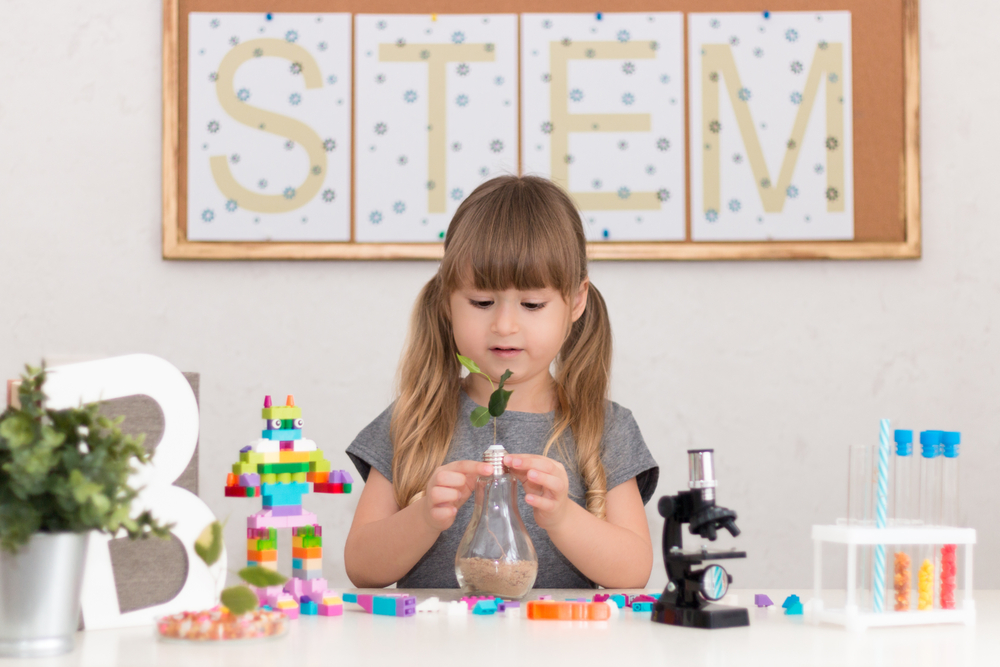Multiplication practice Normal Plants and Animals Worksheets for Ages 4-8
6 filtered results
-
From - To
Explore our engaging and educational "Multiplication Practice Normal Plants and Animals Worksheets" designed specifically for children ages 4-8. These worksheets combine essential math skills with fun, interactive themes centered around plants and animals, making learning enjoyable and relatable for young learners. Ideal for reinforcing multiplication concepts, these resources help children practice their math skills while exploring the fascinating world of nature. Each worksheet is thoughtfully created to cater to varying skill levels, ensuring that all children can enhance their multiplication abilities in a supportive and stimulating environment. Dive into a world of fun, learning, and growth with our multiplication practice worksheets today!


Multiplication Facts: Assessment 1 Worksheet


Multiplying in the Rainforest Worksheet


Multiplying in the Desert Worksheet


Bird Beak Multiplication Worksheet


Multiplying Invertebrates Worksheet


Multiplying 3s Part 2 Worksheet
Parents and teachers should care about multiplication practice in the context of normal plants and animals for children aged 4-8 for several reasons. Firstly, early exposure to math concepts like multiplication helps build a strong foundational understanding of mathematical operations. Integrating multiplication into relatable contexts, such as plants and animals, makes learning more engaging and meaningful for young learners.
Using familiar examples, like counting petals on flowers or grouping animals, enhances children's conceptual understanding and retains their interest. This approach promotes critical thinking as children experiment with grouping and numbers. Additionally, multiplication practice encourages the development of problem-solving skills that are crucial for academic success.
Incorporating nature into math learning also fosters a love for the environment. When children relate math to everyday observations, they develop better observation skills and can connect with the world around them. Moreover, collaborative activities, such as gardening or simple counting games with animals, encourage teamwork and social skills.
Ultimately, caring about multiplication practice within the context of plants and animals not only reframes the subject into a more enjoyable experience but also supports holistic development, balancing cognitive skills with an appreciation for the natural world.

 Assign to My Students
Assign to My Students



























